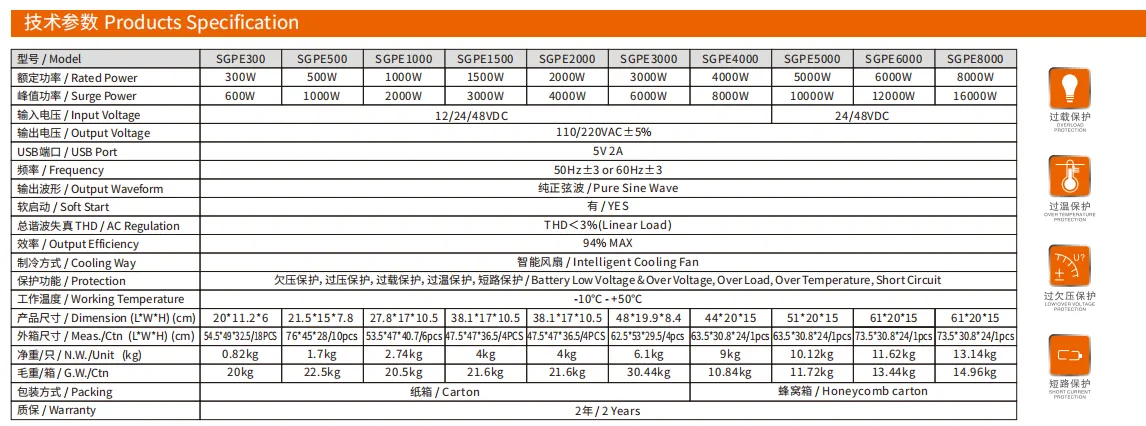Comparing Half Cell and Full Cell Solar Panels for Optimal Energy Efficiency
Half Cell Solar Panels vs. Full Cell Solar Panels An In-Depth Comparison
In the rapidly evolving world of renewable energy, solar panels continue to advance in efficiency and technology. Among these advancements, two prominent types of solar panels have emerged half cell solar panels and full cell solar panels. Each offers unique features and benefits, making them suitable for different applications and preferences. This article delves into the key differences between half cell and full cell solar panels, helping you make an informed decision.
Understanding Full Cell Solar Panels
Full cell solar panels are the traditional solar panels, composed of a single solar cell structure that converts sunlight into electricity. These panels typically use standard-sized solar cells (156mm x 156mm), assembled into a grid to form a more extensive unit. This design allows for a higher efficiency in energy conversion, usually ranging from 15% to 20%. The larger cells can capture more sunlight and generate more electricity, making full cell solar panels a popular choice for residential and commercial installations.
However, full cell solar panels come with some drawbacks. When a portion of the panel is shaded or damaged, the entire panel's performance can decrease significantly. This is due to the series connection of the cells, which means that the output of the entire panel is limited by the least productive cell. Additionally, the larger configuration makes them somewhat more vulnerable to temperature increases, which can further reduce efficiency.
What Are Half Cell Solar Panels?
Half cell solar panels, as the name suggests, are constructed using half-sized solar cells (typically 156mm x 78mm). This innovative design allows each panel to consist of more cells than a traditional full cell panel, resulting in enhanced performance and lower efficiency losses. The reduction in cell size does not compromise the generation capability; instead, it optimizes the panel's output. Half cell panels also have a higher efficiency rating than full cell panels, often exceeding 20%.
One of the most significant advantages of half cell technology is its resilience to shading and damage. Unlike full cell panels, half cell panels can better manage shading impacts because they are split into two separate circuits. If one half is shaded, the other half can still operate efficiently, which leads to improved overall performance. Additionally, half cell panels typically exhibit lower thermal resistance, allowing them to perform better in higher temperatures and ensuring a more reliable energy yield.
half cell solar panel vs full cell

Efficiency and Performance Comparison
When comparing efficiency, half cell solar panels generally outperform full cell panels due to their design. The bifacial aspect of half cell technology allows for improved performance in various conditions. Their ability to generate more electricity under partial shading and high-temperature environments makes them appealing for both residential and commercial installations.
Moreover, half cell panels have lower susceptibility to hotspots, as their design helps in distributing electrical flow more evenly. This characteristic enhances longevity and durability, potentially leading to a lower cost of ownership over the panel's lifetime.
Cost Considerations
While half cell solar panels typically boast superior efficiency and performance, their initial cost can be higher than that of full cell panels. This cost difference can be attributed to the more advanced technology and increased manufacturing complexity associated with half cell panels. However, the potential for higher energy output and savings on electricity bills could offset the upfront costs over time.
Conclusion
In conclusion, both half cell and full cell solar panels present distinct advantages and disadvantages. Full cell panels provide straightforward efficiency and lower initial costs, while half cell panels offer enhanced performance, better shading resilience, and improved efficiency in various conditions. When choosing between the two, consider your specific energy needs, installation conditions, and budget. As solar technology continues to advance, both options will play vital roles in the quest for sustainable energy solutions. Ultimately, the choice between half cell and full cell solar panels depends on what best suits your unique requirements and how you value performance against cost.
-
String Solar Inverter: The High-Efficiency Solution for Smart Solar EnergyNewsJul.14,2025
-
Revolutionizing Rooftop Energy with the Power of the Micro Solar InverterNewsJul.14,2025
-
Power Independence with Smart Off Grid Solar Inverter SolutionsNewsJul.14,2025
-
On Grid Solar Inverter: Powering the Future with Smart Grid IntegrationNewsJul.14,2025
-
Monocrystalline Solar Panels: High-Efficiency Power for the Future of Clean EnergyNewsJul.14,2025
-
Bifacial Solar Panel: A Smarter Investment for Next-Generation Energy SystemsNewsJul.14,2025







